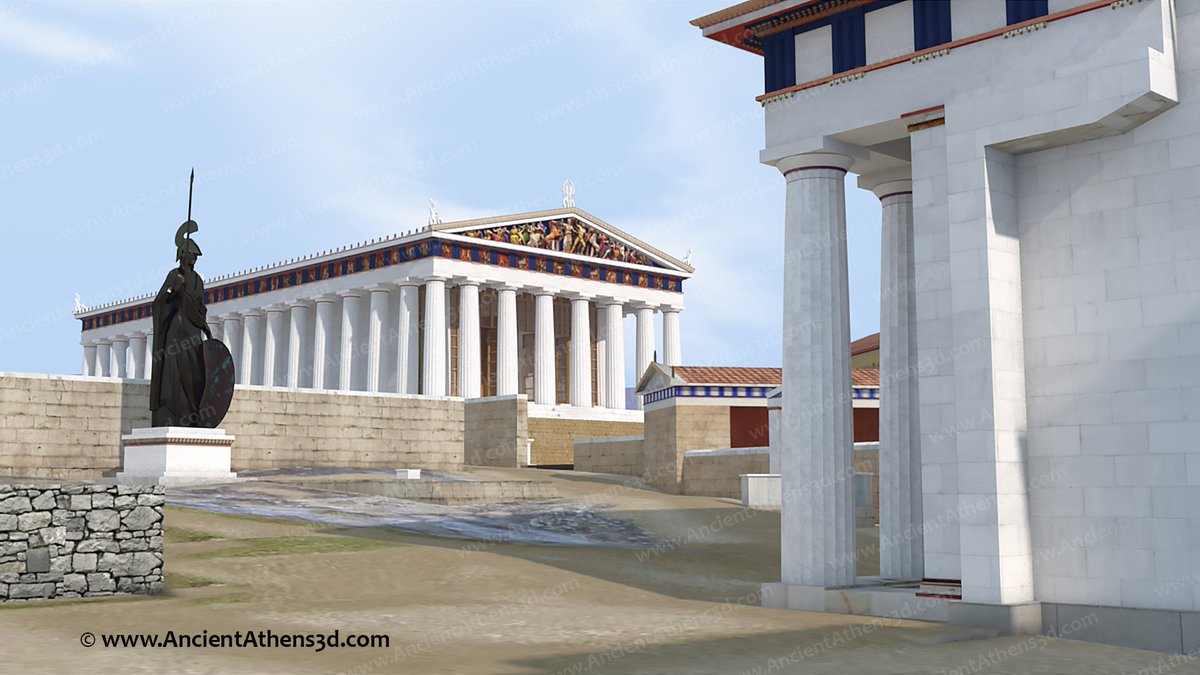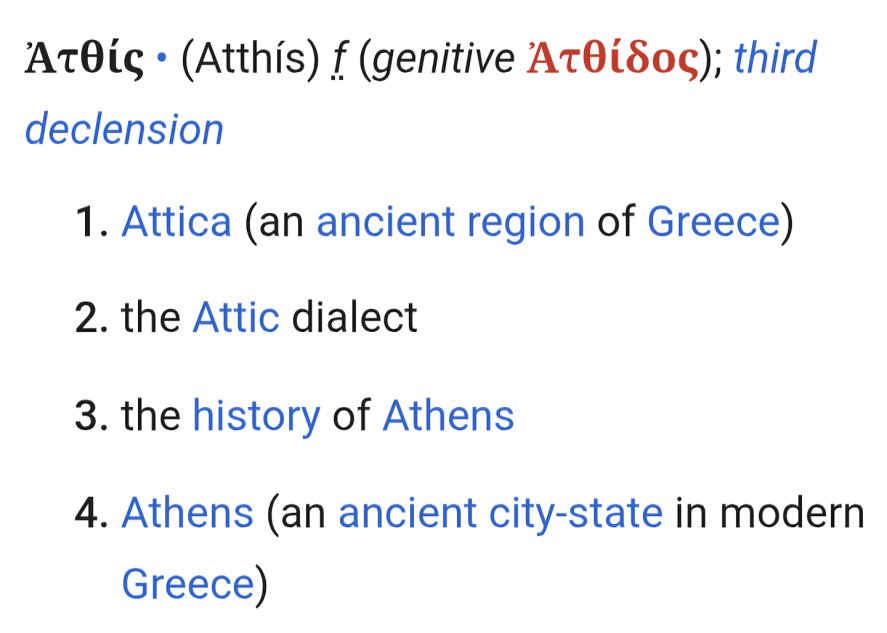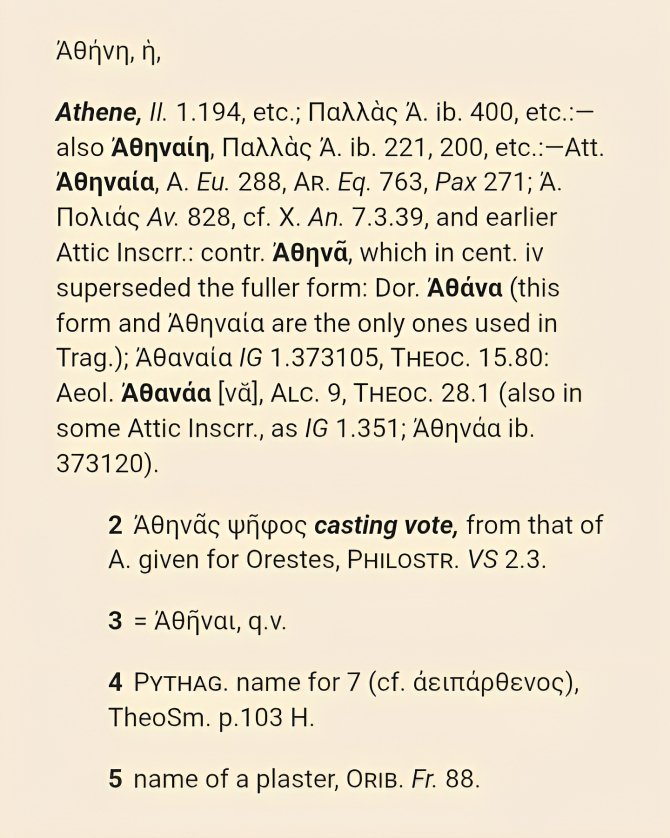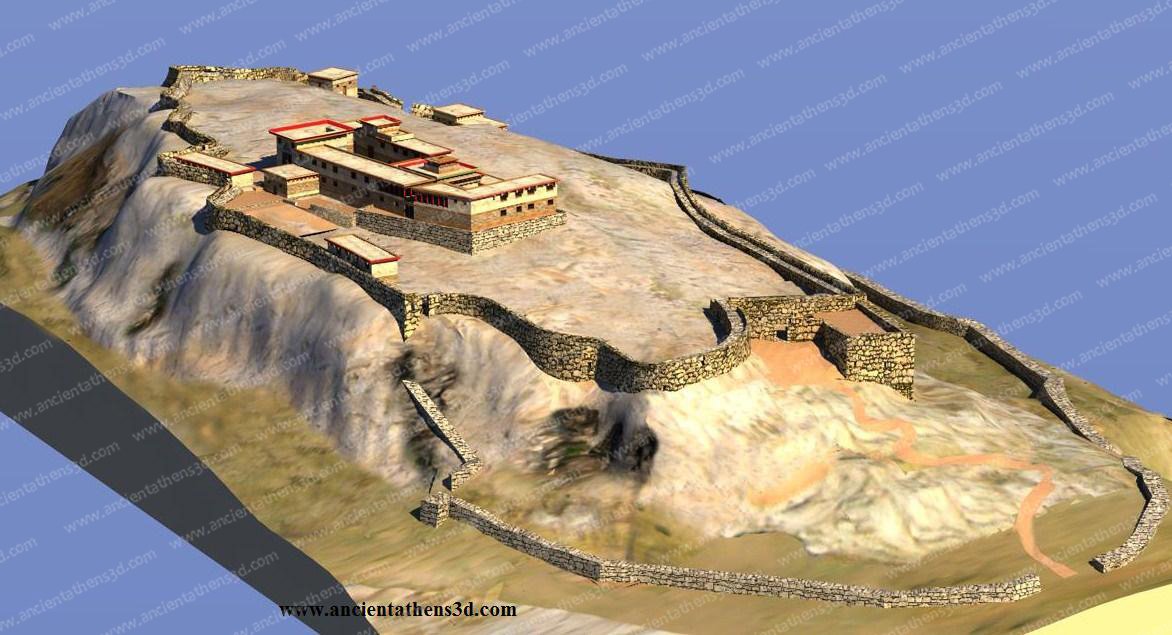1/ One of the differences between Linear A' and the newer Linear B' is the presence of texts of Linear A' outside the limits of the Aegean area and in fact in distant Israel, where two inscribed evidences of it have been found.
#LinearA #TelLachish #TelHaror #Minoans
#LinearA #TelLachish #TelHaror #Minoans
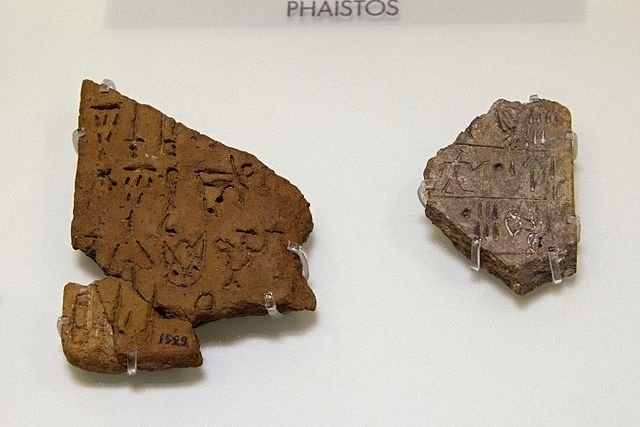
2/ The first inscribed evidence of Linear A in Israel was found at Tel Lachish in 1987. It was found engraved on the shoulder of a large limestone vessel, probably a large, deep bowl or krater, of which only this one large fragment was found. 
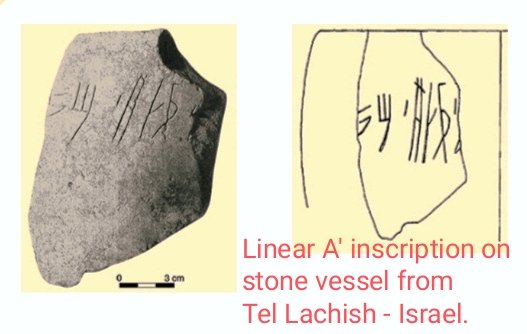
3/ The inscribed sherd of the vessel, although it was found in a stratigraphic level chronologically connected to the first half of the 12th century BC, probably due to stratigraphic disturbance it comes from an earlier chronological level. Unless it was an heirloom. 
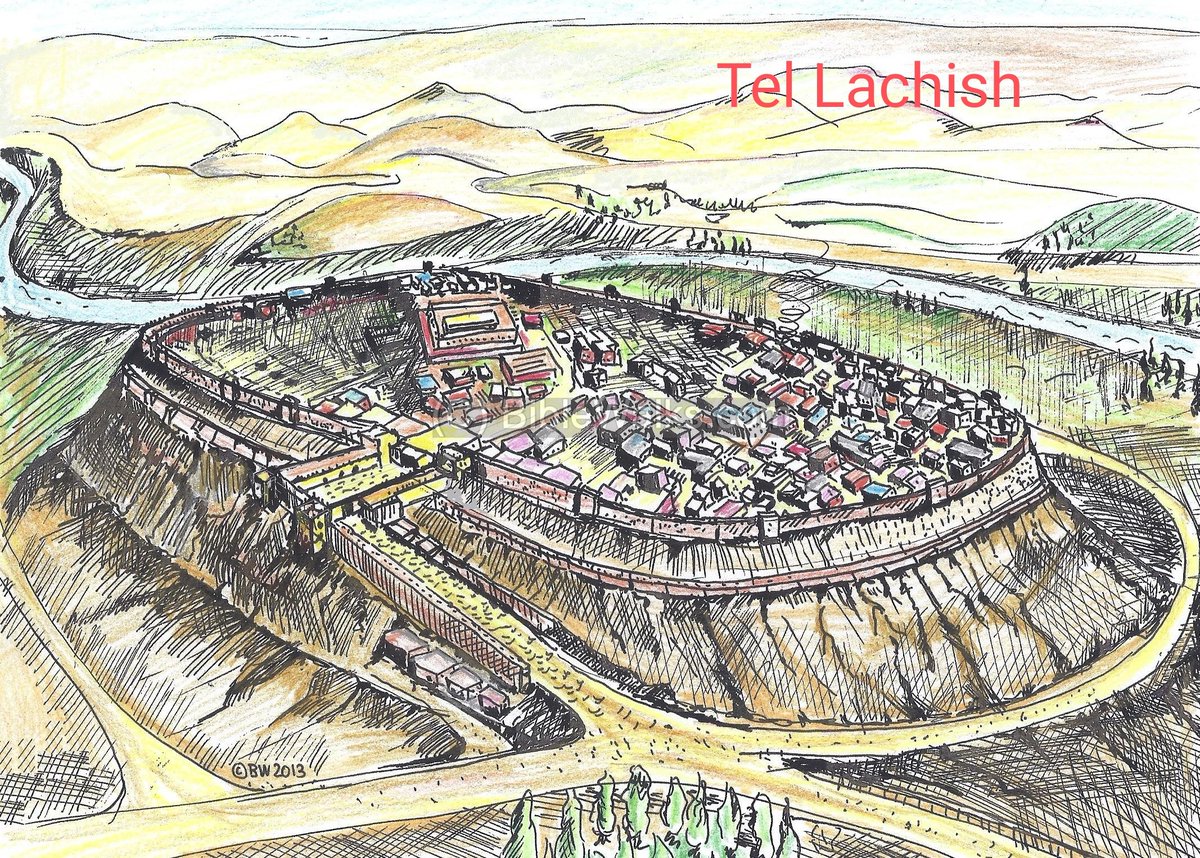
4/ Its short inscription is rendered as MI 𐄁 RI-DA-U 𐄁 SE-JE and it presents five syllables, one fraction and two word separators. For many researchers, this inscription is disputed as a Linear A text, mainly because it seems to have been made of local material. 

5/ The second inscribed evidence comes from the site of Tel Haror in the Negev Desert and was found in the period 1986-92 at Area K within a context dated during the MM III period (late 17th - early 16th century BC). It is an inscription on a pithus sherd. 

6/ The analysis of the manufacture material of the vessel identifies the site of Myrtos Pyrgos in SE Crete as its possible place of origin. The inscription is rendered as MU ≈ WA-TE ≈ NI and probably contains ideograms rather than syllabograms. 

7/ The vessel was probably associated with some local cultic activity, although it is difficult for me to accept a Minoan religious involvement in such a distant place. ➡️ 

➡️ The inscription features the logogram for the figs, the logogram for the cloth + TE and the logogram for the bull's head. 
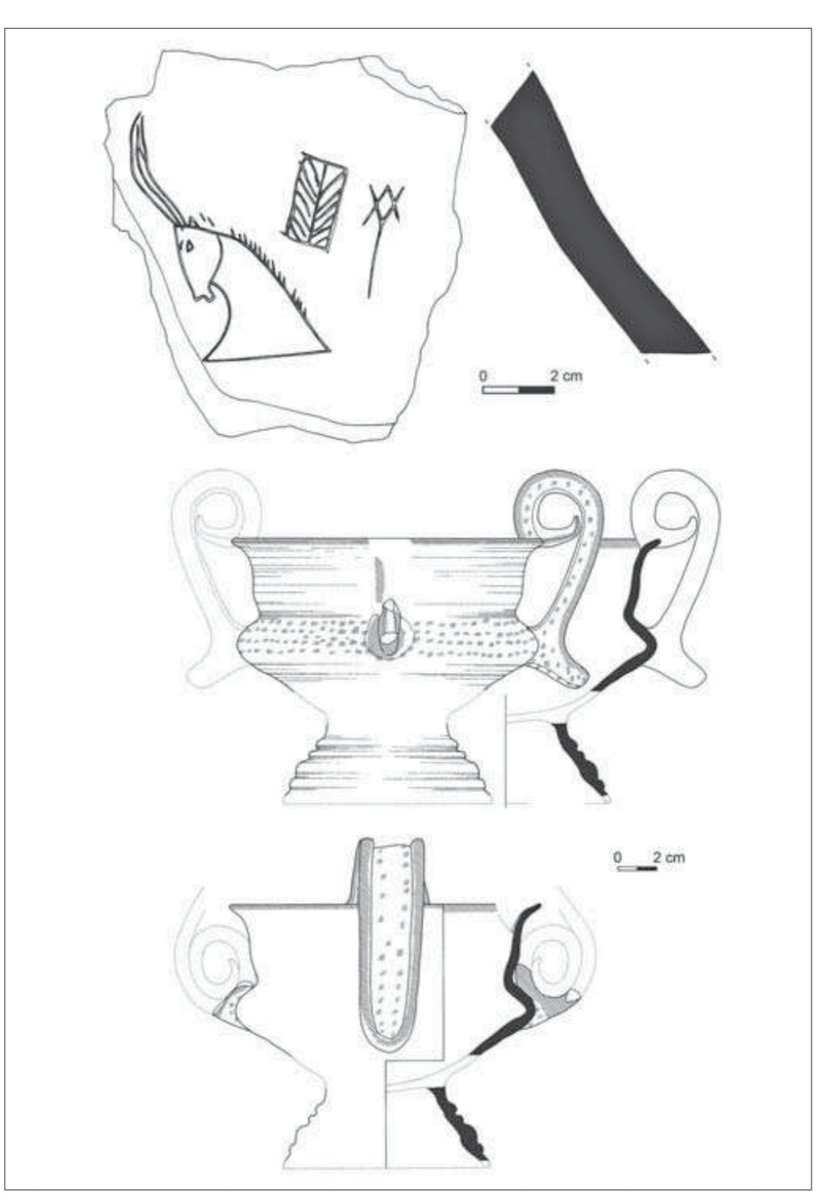
8/ The three points / ideograms appear in a different order on a four-sided bar of hieroglyphs from the Fourni Archanes Necropolis, known as the Archanes Formula and for this reason some researchers question its connection with Linear A. 
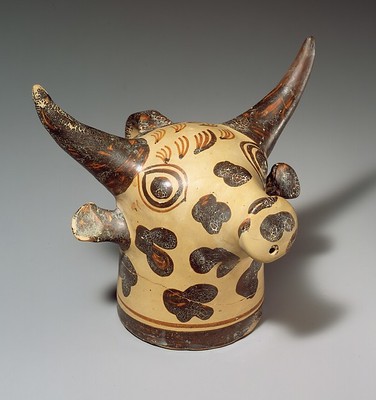
9/ The site of Tel Haror was a strongly fortified city of the late Middle Bronze Age at a distance of 20 km from Gaza, where inside there was a magnificent palatial building in the Syriac style. To the south of the city was the Area K. 

10/ At this Area there was an important cult place with an offering altar, surrounding repositories, offering stands (as incense burners), miniature votive vessels, zoomorphic vessels, animal and human figurines. 





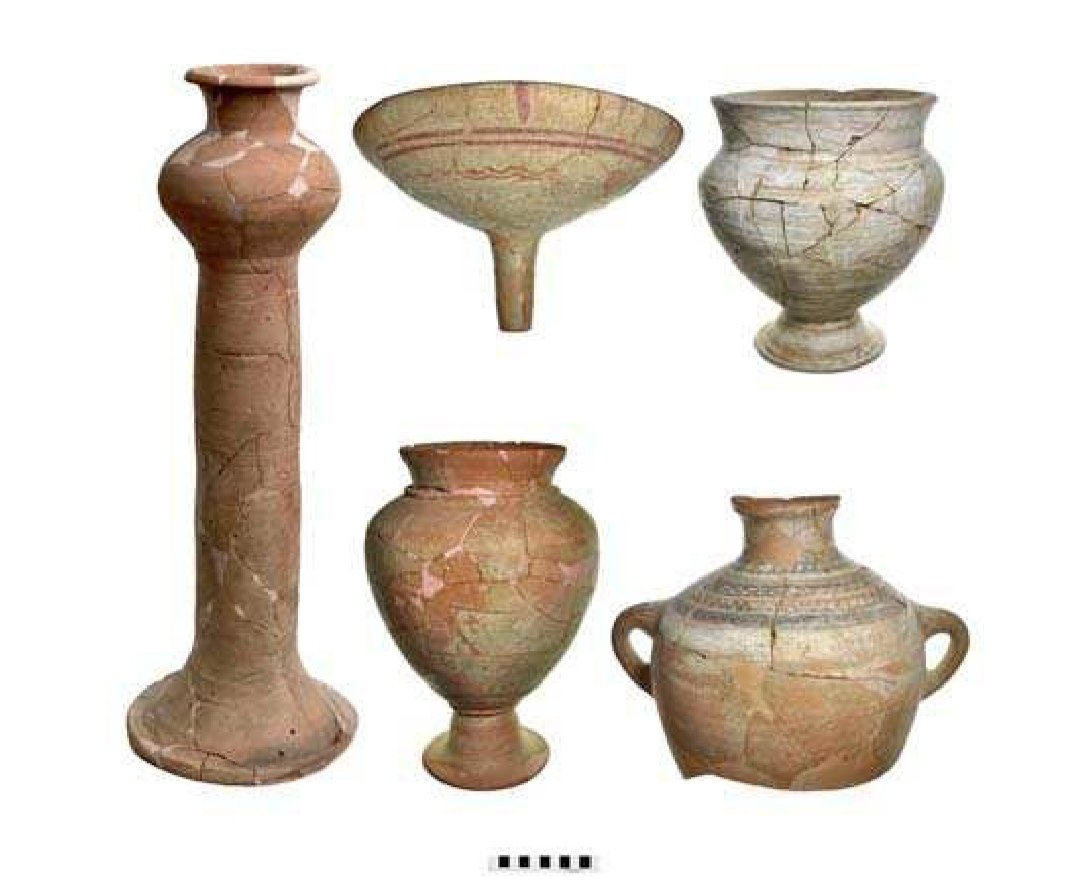

11/ In the courtyard of the place of worship, equids were found buried in a pit, while in various points inside the place of worship abundant animal bones were found, indicating a religious activity intertwined with the ritual killing of mainly young animals. 

12/ It is reasonable to ask the question: what is a Minoan inscribed vase at Tel Haror asking for? The answer is given by the existence of storage spaces within the cult place. The uniqueness of the pithus determines a commercial character in the vessel. 

13/ Perhaps it was used as an exotic offering by a local noble to the local deity; perhaps it contained some product that the priests of the place of worship buy from a Minoan merchant to use for the needs of the temple. 

• • •
Missing some Tweet in this thread? You can try to
force a refresh





